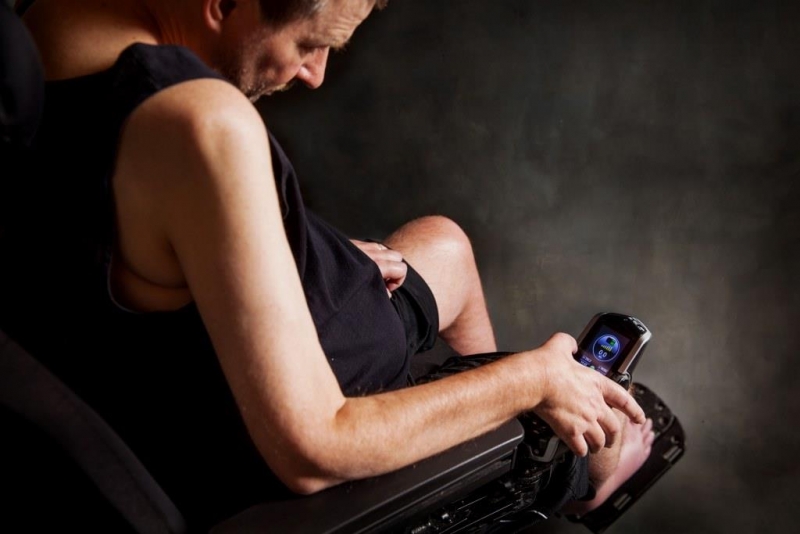
Suzanne Alexander is no stranger to telling the story of how her husband, Neil Alexander, was diagnosed with amyotrophic lateral sclerosis (ALS) or how his body deteriorated over time. She has recounted it dozens if not hundreds of times on her blog and to family, friends, and journalists. But on this sunny late-August morning, the element of surprise still lingers in her voice as she recalls her husband’s death just five months prior.
His absence was especially palpable at breakfast that morning, when Suzanne continued a tradition Neil had started with their two children, Abby, 13, and Patrick, 11.
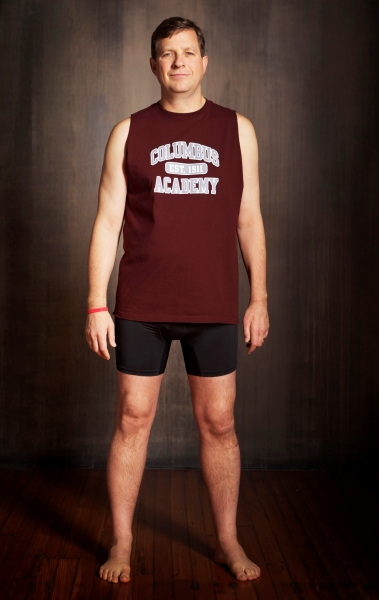
“The first day of school, last day of school, and birthdays, he always made chocolate chip pancakes. So I made that for them this morning,” Suzanne explains. “Even when he couldn’t use his hands—I made them, of course—but it was always him.”
This was the first back-to-school morning Neil wasn’t with them—one of many such firsts the family would experience. “These little milestones,” Suzanne says. “I was just thinking, God, I just got through this without him. I can’t believe it. I can’t believe it.”
Neil spent many years going in and out of doctors’ offices for what seemed to be unassociated ailments. But in 2011, a pulmonologist noticed muscle atrophy in Neil’s left hand and suggested he see a neurologist.
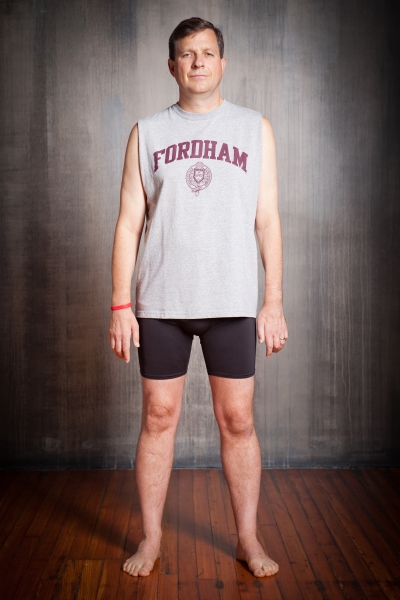
That June, Neil visited David Lacomis, an MD, professor of neurology and pathology, and chief of the Division of Neuromuscular Diseases at the University of Pittsburgh, expecting a routine visit. Instead, Lacomis told him he had a motor neuron disease, progressive muscle atrophy.
After a series of tests at Pitt and a corroborative second opinion at the Cleveland Clinic, Neil was diagnosed with ALS. This disease is characterized by the degeneration and death of motor neurons. As neurons die, the muscles weaken, twitch, and atrophy. Eventually, people with ALS can expect to lose the ability to stand, eat, speak, move, and breathe. (More rarely, it results in dementia.) Life expectancy is, on average, three to five years after diagnosis.
The Alexanders described the time right after the diagnosis as “crushing.” For weeks, they dealt with anger, resentment, and sadness. Then, reaching for some hope, Neil looked for inspiration from others with the disease; he could find only one.
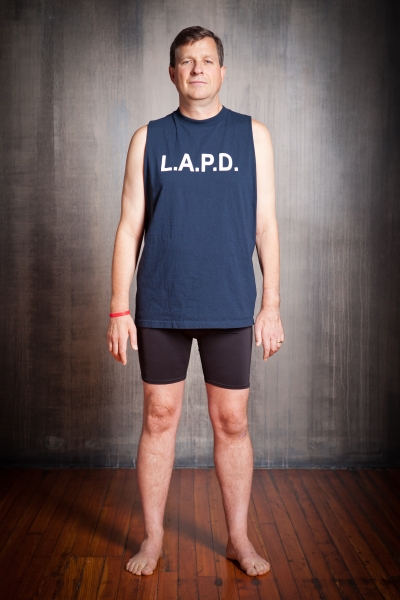
Lou Gehrig, baseball great from the 1920s and ’30s, became the namesake for ALS, mainly because few people have gone public with their diagnosis. In 1939, Gehrig gave a farewell speech at Yankee Stadium, during which he expressed gratitude to those around him. He closed by saying, “I might have been given a bad break, but I’ve got an awful lot to live for.”
It was Gehrig’s expression of appreciation that changed Neil and Suzanne’s perspective. They shifted their focus from what had gone wrong to what had gone right in their lives.
The family celebrated Neil’s relatively good health that first year by making memories together. They traveled all over the United States and spent time in St. Lucia and Ireland. The Alexanders were together so often that, “The kids were hardly in school,” says Suzanne.
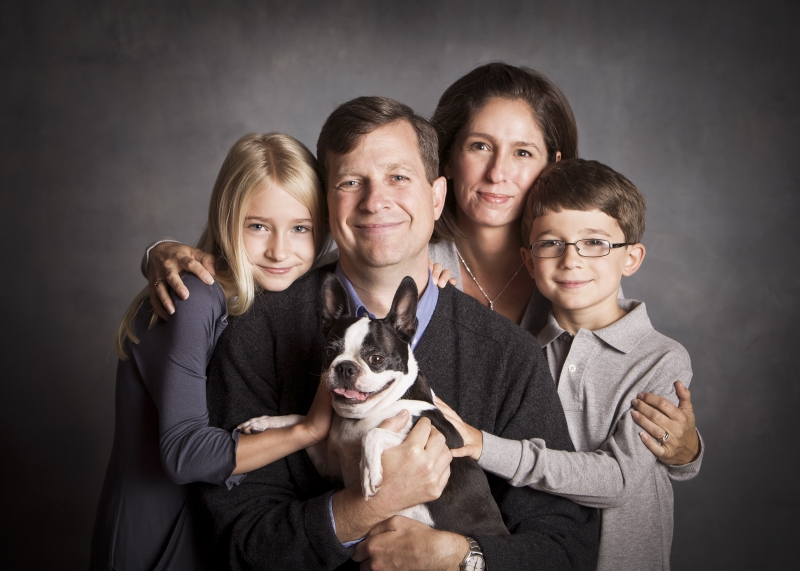
Neil and Suzanne also began to raise awareness for ALS, with the help of others in their lives. Hefren-Tillotson, the financial firm Neil worked for, immediately signed up for the 2011 Walk to Defeat ALS in Pittsburgh after his diagnosis, raising $45,000. Friends and family joined similar walks around the country, contributing an additional $13,000. These walks led to more homegrown philanthropic events that continue today, including bike rides, golf tournaments, Swim-A-Thons, lemonade stands, and Donut Dashes.
As their community rallied around them, the Alexanders worked with the Pittsburgh Foundation to develop a fund called Live Like Lou. This organization would become their new life’s work.
Neil also used Live Like Lou to put a face on the disease. This was two years before the viral ALS Ice Bucket Challenge, and few people with ALS were talking about their experiences. Neil contacted Pittsburgh photographer Duane Rieder and asked him to document the changes in his body over time. The two met periodically at Rieder’s studio, which happens to be above the Roberto Clemente Museum (also run by Rieder) in Lawrenceville. For each shoot, Neil would don a cut-off T-shirt and compression shorts for the camera.
This photo series, which began in late 2011, became what Neil called “A Journey of Strength—The Progression of ALS Over Time.” The photos not only showed the course of his disease, they also represented the people behind the organizations who touched Neil’s life from his teen years forward.
“He said the greatest display of his gratitude would be to wear these T-shirts and to wear them as his body declines,” Suzanne notes. “And the thinking is, as his body gets weaker, he wants to wrap himself up in the images that gave him strength.”
As Rieder turned his lens on Neil, Neil turned his focus to the science behind ALS. He was struck by how little the medical research community knew about the disease, despite the fact that ALS was discovered nearly 150 years ago. Today, there are no long-term, effective treatments.
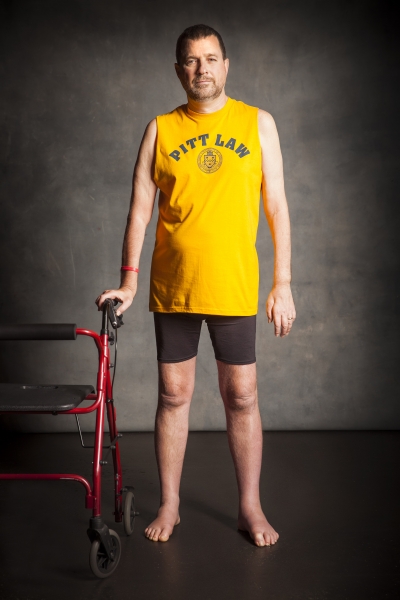
Neil began to talk to his friend and neighbor Mark Gladwin, an MD, the Jack D. Myers Professor of Internal Medicine, and chair of the Department of Medicine at Pitt, about using the money they had raised through Live Like Lou for research.
“We discussed the idea of creating a research center,” says Gladwin, “where we could actually recruit talented people to Pittsburgh to do research in ALS, encourage the brilliant people that we have here at the University of Pittsburgh [who] are already experts in neuroscience to get involved, and to engage them in his mission of finding a cure and treatments for ALS.”
Gladwin introduced the Alexanders to the scientific director of the Pitt Brain Institute, Peter Strick, a PhD, Distinguished Professor, Thomas Detre Professor, and chair of neurobiology. Strick was enthusiastic about bringing this type of research to Pitt and was inspired by the Alexanders’ dedication. “Neither Neil nor Suzanne are scientists or medically oriented people, but they are people who get things done,” says Strick. He described the Alexanders as “indefatigable” in trying to understand what was needed and how they could make a difference.
In February 2015, Neil and his daughter, Abby, presented a check to Pitt from the Pittsburgh Foundation for $500,000 to help create the Live Like Lou Center for ALS Research at Pitt’s Brain Institute.
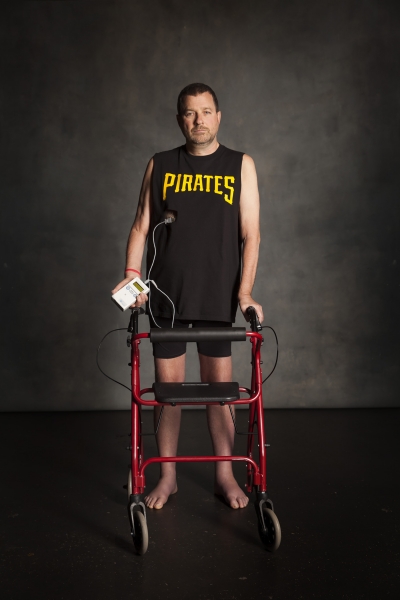
“We’re doing this for the next guy,” said Neil at the event. “For the next father, the next husband who looks down at his left arm and realizes the muscles in his arm have been twitching uncontrollably. . . . We’re doing it for when the doctor walks into the examining room and says, ‘I’m really sorry, but we think you have ALS.’ And when that father and husband says, ‘Okay. What do we do now?’ We’re doing it so that doctor actually has something to say.”
This August, Chris Donnelly, a PhD, joined the Live Like Lou Center for ALS Research. The new assistant professor of neurobiology will continue his studies into the cellular changes that occur with ALS and pursue possible treatment approaches.
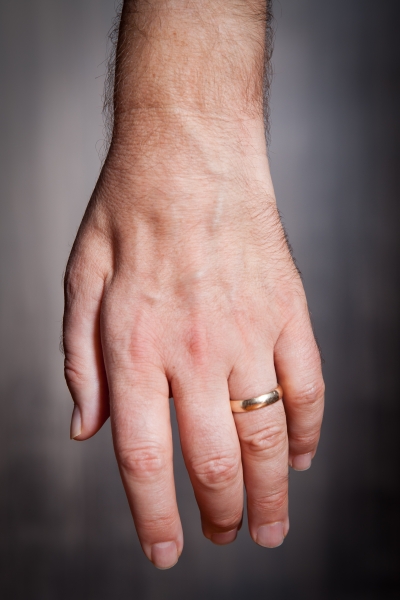
Donnelly was recruited from Johns Hopkins University where he had been working with Jeff Rothstein, a clinician scientist who aided the FDA approval of the first and only drug currently available for ALS, riluzole. In a recent Nature article, Donnelly’s lab described how proteins end up in a traffic jam heading in and out of the nucleus of motor neurons. Using stem cells derived from ALS patient skin biopsies that were then “tricked” into becoming motor neurons, they’ve identified ways to get that traffic moving again.
In his search for a faculty job, Donnelly was especially drawn to Pitt’s commitment to ALS and the community that supports it.
“This is a dream of mine, this type of work that we’re doing. Not just the science but also the ability to work with patients, work with David Lacomis, to help him with his clinical research, to help fundraise for the cause. So it’s not just, for me, coming in and working in a lab every day and doing an experiment. . . . It’s more about the big picture. . . . It’s more human than just being a research scientist in ALS.”
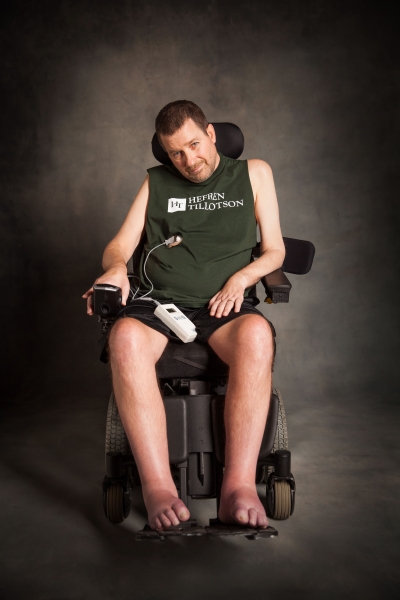
Neil had hoped to live long enough to meet the person who would join the center and conduct the basic research so badly needed for this disease. But he died on March 24, the day before Chris Donnelly would arrive in Pittsburgh for his second interview.
When asked what he would say to Neil if he were here today, Donnelly replies, “First I would thank him for really getting this thing off the ground and getting this center set up. The second—I would say that they are putting a lot of trust in me, and there’s no way I will let him down.”
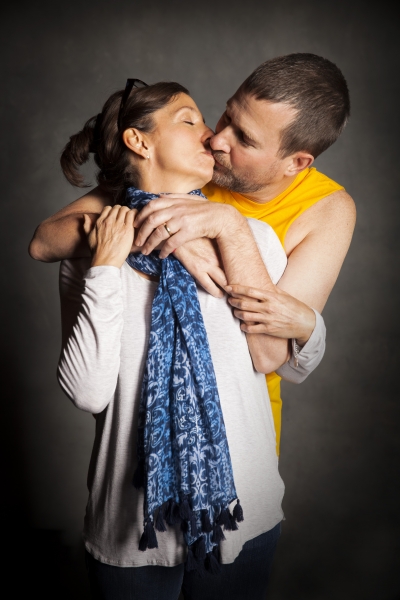
The Live Like Lou fund has pledged to raise $2.5 million in five years for Pitt’s ALS research center; the University has agreed to match that and is hoping to raise $10 million. For more information: livelikelou.org.
